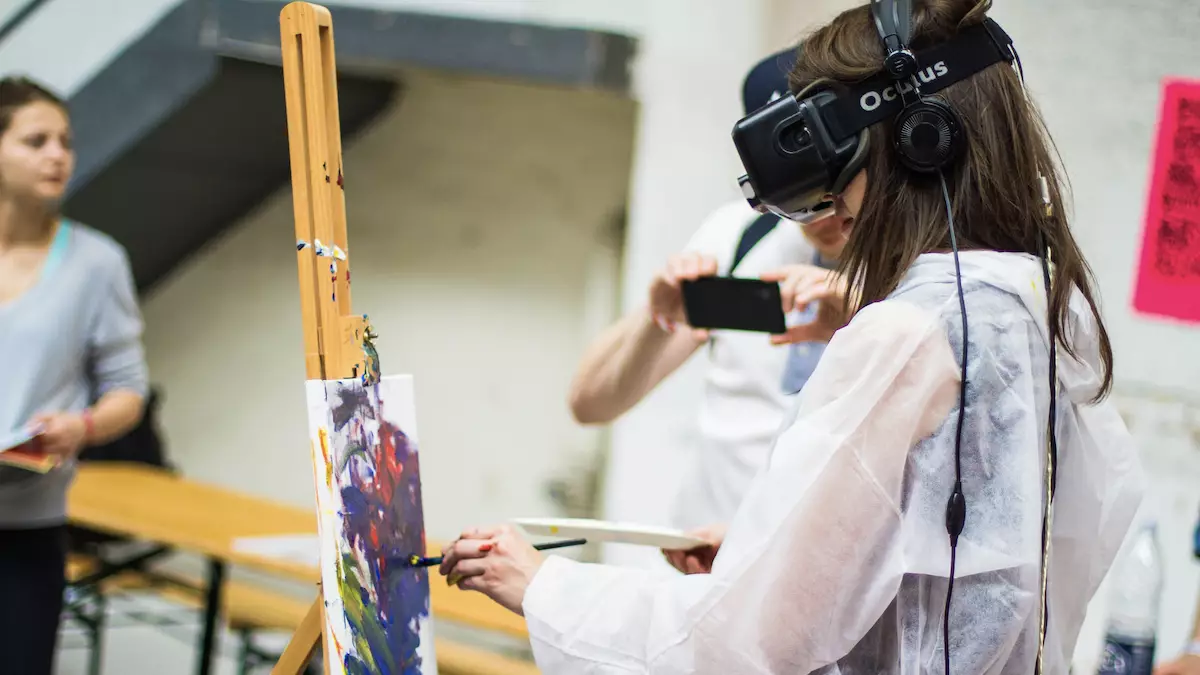The field of Virtual Reality (VR) and Augmented Reality (AR) development is rapidly evolving, and programming is at the core of these advancements. From C# to Unity and Unreal Engine, various programming languages are essential for creating immersive experiences. Learning resources, such as tutorials and courses, are widely available online, making the learning process more accessible. In this article, we will explore the differences between VR and AR, the importance of staying up-to-date with the latest tools and best practices, and the potential applications and benefits of these technologies.
While both VR and AR offer unique experiences, they differ in their approach. VR transports users to a computer-generated artificial environment, immersing them completely in a simulated world. On the other hand, AR overlays digital information onto the user’s real-world experience, enhancing their surroundings. Mobile devices like smartphones and augmented reality glasses are common platforms for AR, while VR typically requires headsets and other hardware.
Developers have a variety of tools and programming languages at their disposal for building VR and AR applications. Unity and Unreal Engine are widely popular game engines that provide user-friendly interfaces and robust communities. UnityScript, based on JavaScript, is the scripting language used in Unity. Other options like WebGL and Lua offer cross-platform functionality and support for low-computing devices. Lua, in particular, has a history in video game development and is well-suited for AR and VR applications.
To create truly immersive experiences within the metaverse (the collective virtual shared space), advanced technologies are required. Cloud computing, networking, and storage enable the support of large virtual spaces. AI plays a vital role in making virtual characters more realistic and intelligent. It can also analyze users’ actions within the virtual world and recommend personalized experiences. Companies like Nvidia and Microsoft are investing in the development of metaverse-like environments, utilizing their existing technologies to offer virtual office spaces and collaborative experiences.
Though there are still technical limitations and price points to address, the future for VR and AR is promising. These technologies have the potential to transform various industries including branding, gaming, e-commerce, and education. The key to successfully leveraging VR and AR is not merely improving existing applications but imagining entirely new business processes that can benefit from these advanced technologies. As more companies recognize these opportunities, the demand for programmers with VR/AR skills will continue to increase.
Programmers, particularly those experienced in traditional application development, have a significant role to play in the VR/AR ecosystem. Many of the concepts and programming languages used in traditional application development can be applied to VR/AR hardware as well. Therefore, IT professionals can guide their organizations in successfully implementing these immersive technologies by collaborating closely with business units. Overcoming technical limitations and price points will further drive the adoption of VR and AR in various industries.
Virtual Reality and Augmented Reality development offer exciting possibilities for reshaping how we work, play, and live. The availability of learning resources and the continuous advancements in tools and best practices make it more accessible for developers to create immersive experiences. By understanding the differences between VR and AR, exploring various programming languages and tools, and embracing the possibilities of a metaverse-like environment, companies can harness the power of VR/AR to revolutionize their businesses. The future is bright for VR and AR, and programmers with the necessary skills and knowledge will be instrumental in driving innovation and creating extraordinary user experiences.

